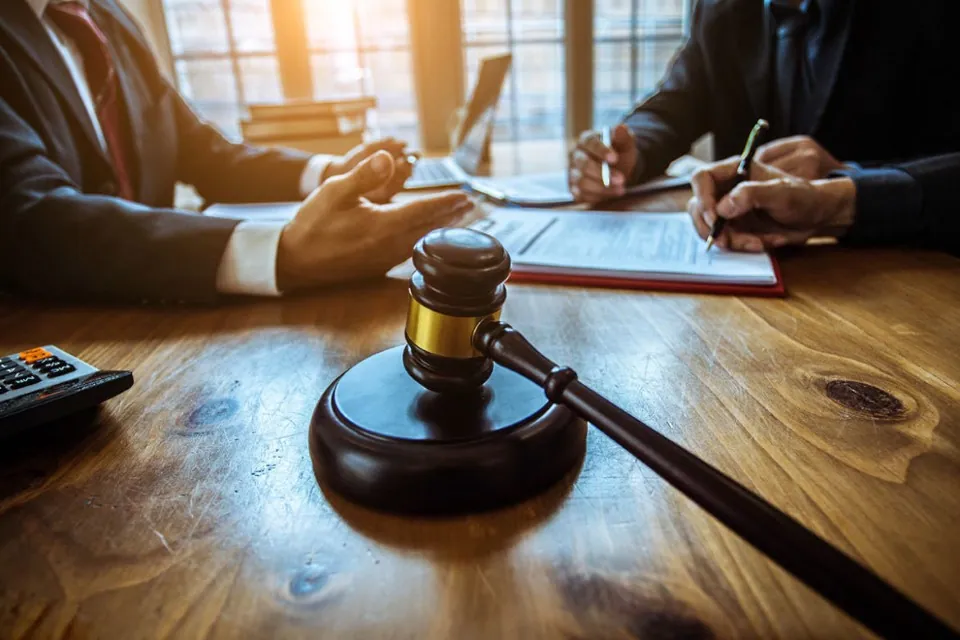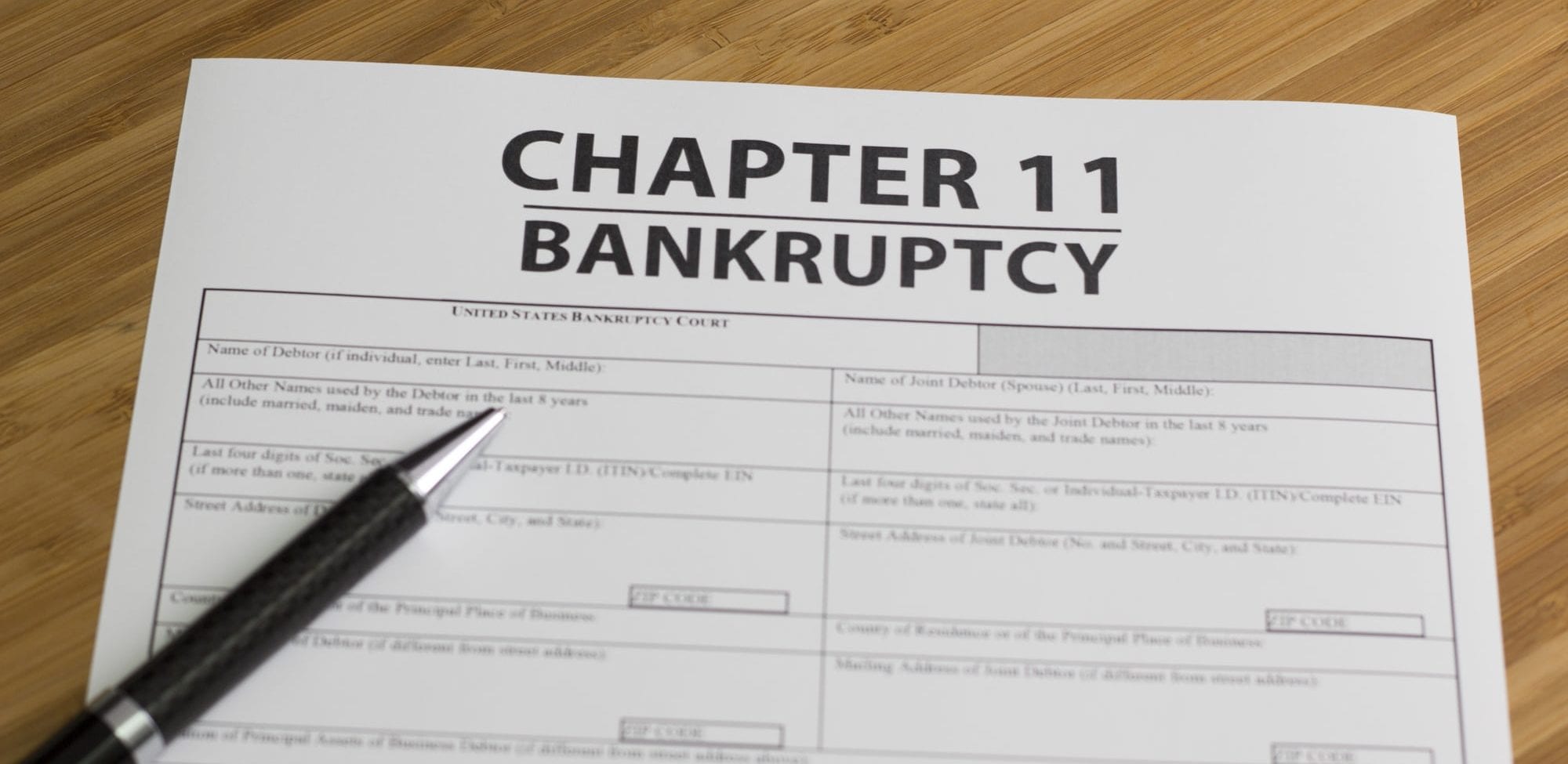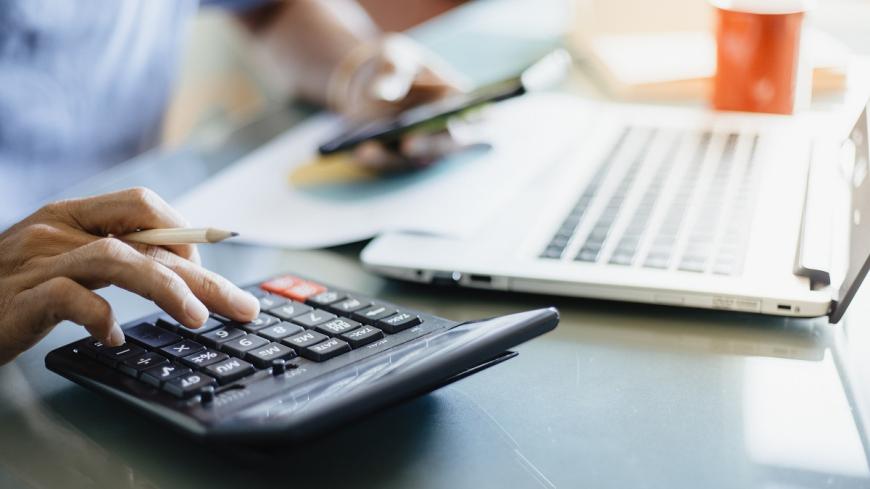Bankruptcy provides debtors with a fresh financial start by discharging many types of debts. However, not all debts can be wiped out through bankruptcy. Certain debts continue to be owed even after a bankruptcy case is closed. Being aware of which debts remain can help you make smart financial choices post-bankruptcy.
Types of Debts Discharged in Bankruptcy
Most unsecured debts without collateral can be discharged in bankruptcy. These include credit card bills, medical bills, personal loans, payday loans, utility bills, and debts owed to friends, family, or businesses. Debt owed for federal student loans, taxes, child support, alimony, fines, and court restitution generally cannot be discharged.
Secured debts like car loans and mortgages can be discharged in Chapter 7 bankruptcy if you surrender the property. You can choose to reaffirm secured debts to keep the property by continuing to make payments. Creditors cannot pursue you for discharged debts, but they can seize collateral if agreed payments are not made.
Post-Bankruptcy Obligations
Any debts not discharged in your bankruptcy case remain owed and must continue to be paid. You are still legally required to pay these debts after bankruptcy. Failure to do so can result in lawsuits, wage garnishment, tax refund seizures, and other collection actions.
Common post-bankruptcy debts include:
– Mortgages and car loans that were reaffirmed
– Student loans
– Back taxes and tax liens
– Alimony and child support
– Government fines and penalties
– HOA fees
If you filed Chapter 13 bankruptcy, you must complete your 3-5 year repayment plan before qualifying for a discharge. Any debts not paid through the plan, like a mortgage, would remain owed afterwards.
Rebuilding Credit after Bankruptcy
Having debts discharged can provide a fresh slate and chance to rebuild credit. Maintaining payments on secured debts you reaffirmed and paying new credit accounts responsibly helps demonstrate you are a trustworthy borrower.
Watch out for predatory lenders marketing to recent bankruptcy filers. Their high fees and interest rates can lead to another cycle of unmanageable debt. Instead, consider secured credit cards that require a deposit and have low limits until you establish positive payment history.
How Long Debts Can Be Collected After Bankruptcy
For discharged debts, creditors and collectors can no longer pursue payment once the bankruptcy case is closed. However, the debts discharged in Chapter 7 bankruptcy can continue to appear on credit reports for up to 10 years.
Debts excluded from discharge have no time limit for collections. Student loans, tax debts, child support, and other non-dischargeable debts may be pursued until paid in full. Wage garnishments, property liens, and other collection actions can continue until these leftover debts are satisfied.
Seeking Legal Advice
Consulting with a bankruptcy attorney can help you understand which debts would remain owed post-bankruptcy based on your specific situation. An attorney can review your debts and advise you on developing a realistic budget and payment plan for managing continuing obligations after bankruptcy. They can also help defend against any unlawful collections on discharged debts.
Conclusion
While bankruptcy eliminates many debts, some obligations do remain legally owed even after filing. Knowing which debts can and cannot be discharged helps set expectations for financial life after bankruptcy. With a focused repayment plan for any lingering debts, you can continue moving towards financial stability.







